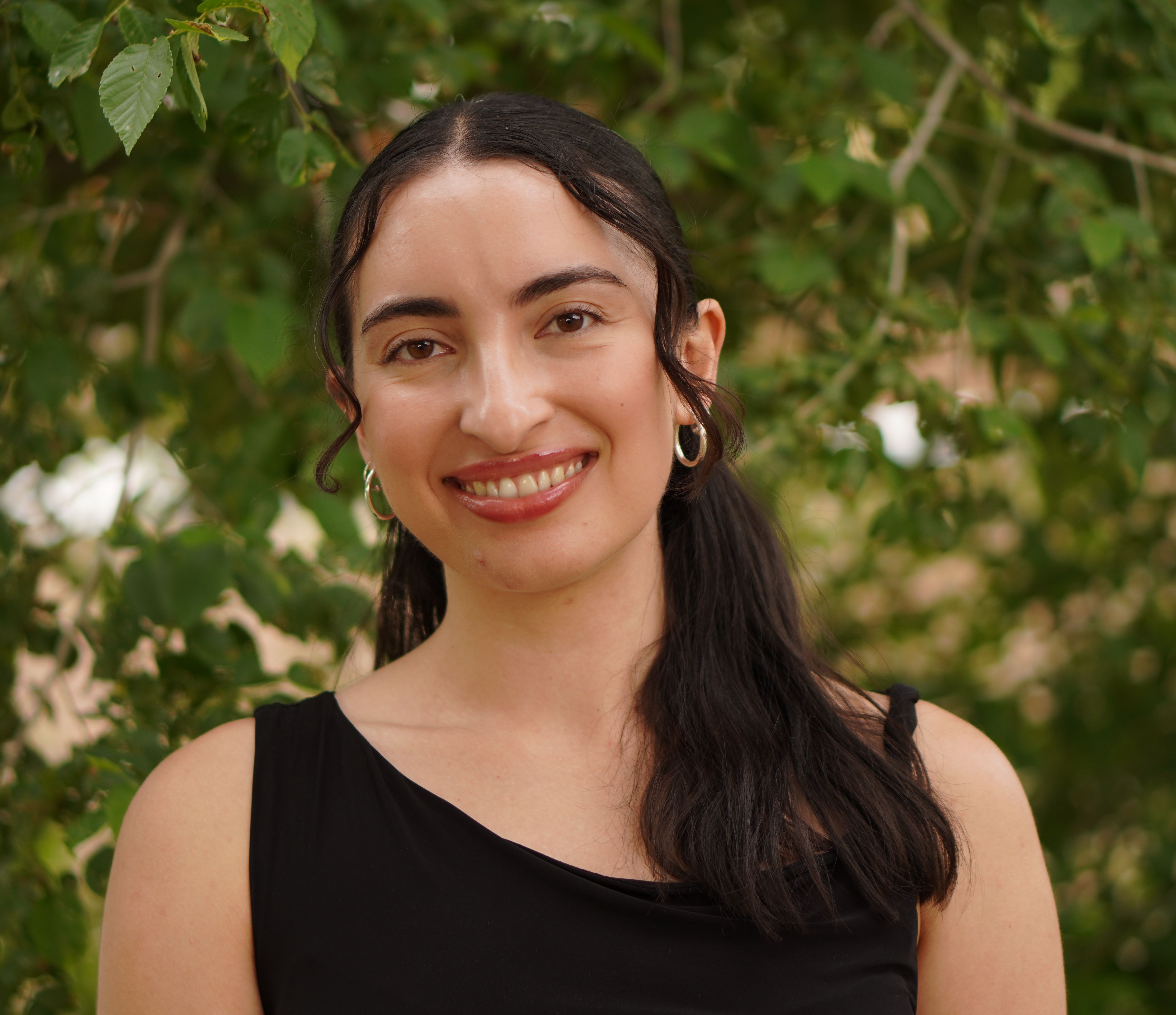Hello, I’m Rebecca!
I am an interdisciplinary computer scientist working to advance accessibility and self-governance of AI and language technologies for my native languages. My research interests include multilingual NLP, data sovereignty, and AI governance. Currently, I am a Program Coordinator and Data Analyst at UCLA’s Engineering Pathway Program, a grant easing transfer for California community college students into four-year institutions.
Previously, I was a Research Associate at the CYENS Centre of Excellence, where I led NLP research for Cypriot Greek. I hold an M.A. in Computer Science from UCLA, where I was advised by Dr. Nanyun Peng as a Google Deepmind Fellow. I hold a B.S.H. in Computer Science where I was advised by Christopher Manning, with minors in Comparative Studies in Race and Ethnicity and Dance from Stanford.
Beyond this work, I write poems about borders and dance flamenco in my hometown of Albuquerque.
Acknowledgement: This website uses the design and template from Shiori Sagawa and Amita Kamath.
